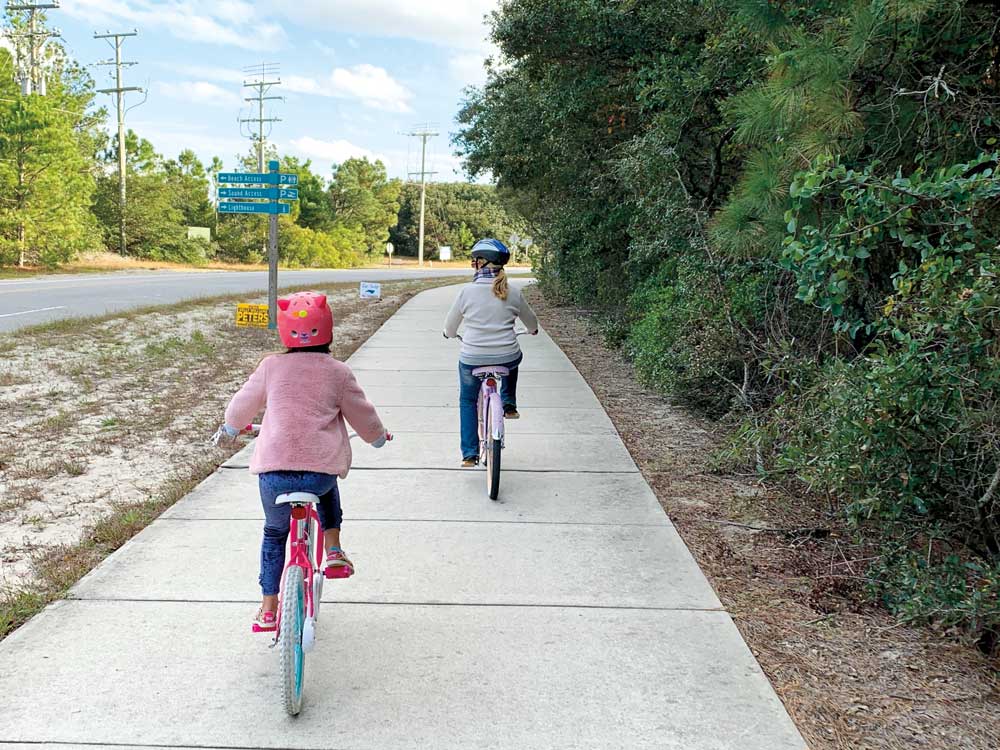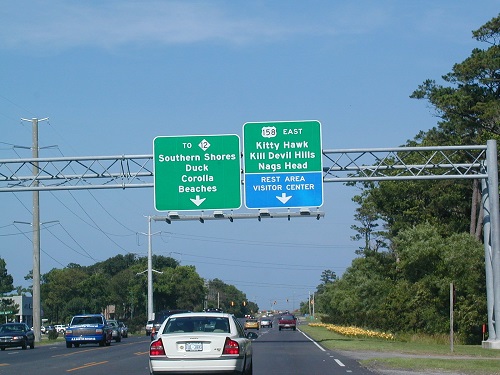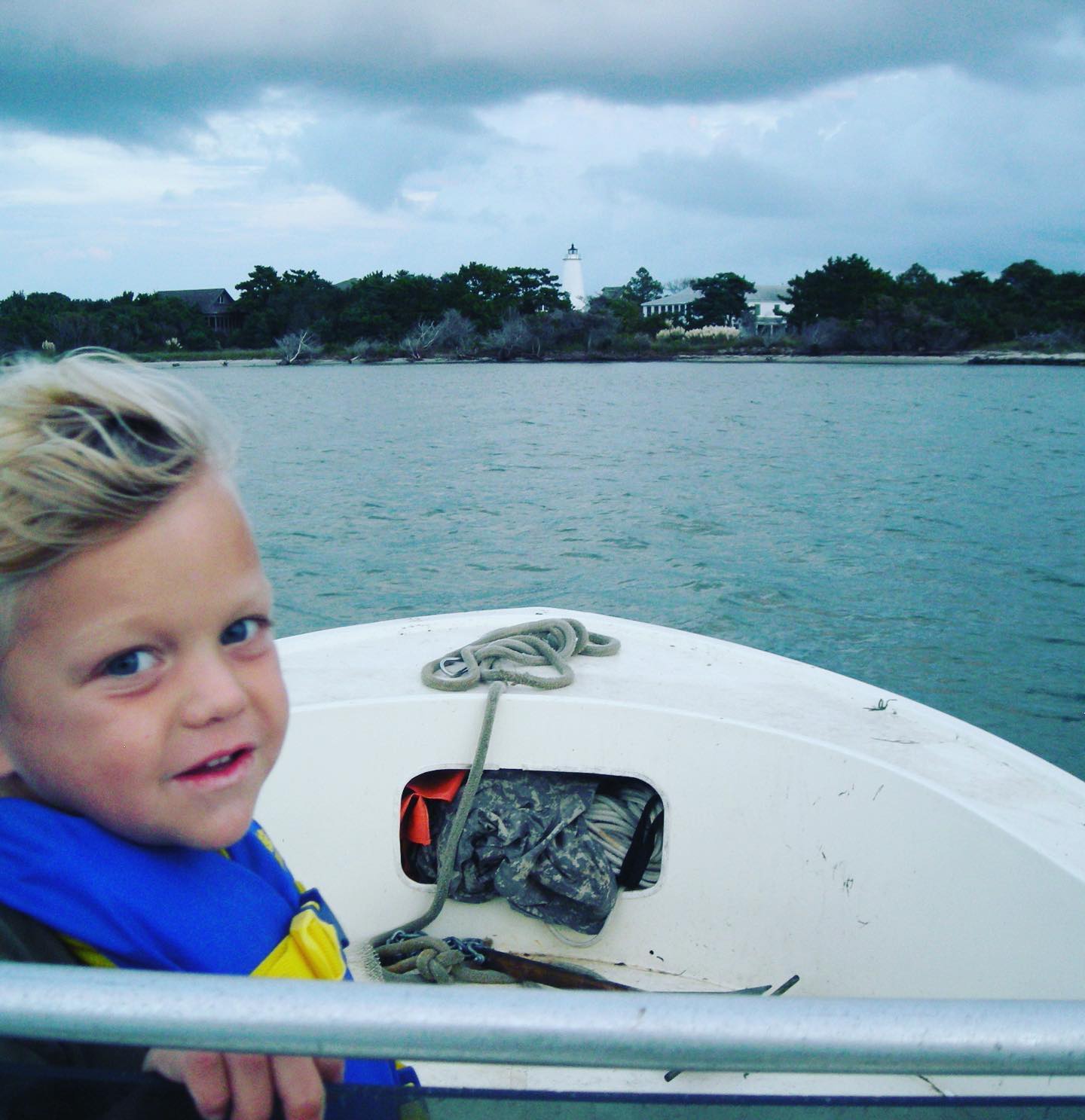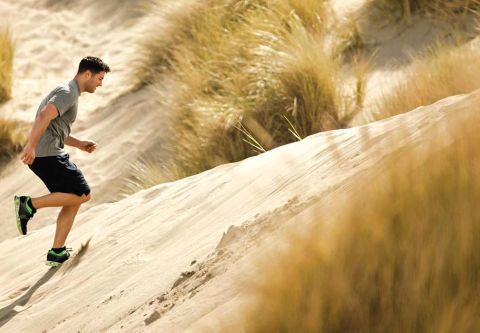
Unfortunately, vacation is not always fun. Accidents, mishaps and tragedies can and do happen on the Outer Banks every day (just ask the local emergency responders and hospital emergency room staff).
Just last week a child was hit by a car on the Bypass in Kitty Hawk. This past spring a teenager was killed by an avalanche of sand after digging a deep hole, and unfortunately every summer there are drownings, bicycle accidents, boating accidents and more.
Many of these accidents and tragedies can be prevented with awareness of a few simple safety tips. Please familiarize yourself with ways to stay safe on the Outer Banks and be sure to share these tips with your friends, family and children.
Safety Tips for Pedestrians & Bikers
- Only cross the Bypass (Croatan Highway) at stoplights with a designated crosswalk. Even then, look both ways for oncoming traffic. Do not assume cars will stop.
- Only cross N.C. Highway 12 at designated crosswalks, and be sure to wait for traffic to stop. Cars do not always stop for pedestrians at crosswalks (even though it’s the law).
- Never, ever stand in the middle lane of the Bypass to wait to cross the road.
- When biking or walking on roadsides, wear bright clothing in the day. Wear reflective clothing and carry a light at night.
- Do not use devices and phones while crossing the street or walking, biking or skateboarding along a roadside.
- On multi-use and bike paths, be alert for vehicles coming in and out of cross streets and driveways. Drivers do not always stop for bike path traffic.
- Bike with traffic; walk or run facing traffic.
- Wear a well-fitting bike helmet. It’s the law for ages 16 and younger, but it’s a good idea for everyone to wear one.
- Bikers should ride on the street, not on sidewalks, so they are more visible to cars
- For information on bike and pedestrian safety to go obxbikeped.org

Safety Tips for Drivers
- Stop for pedestrians at all crosswalks. It’s the law.
- The middle lane of the Bypass (Croatan Highway/U.S. Highway 158) is a turning lane, not a merging lane (or even a passing lane as you’ll see from time to time!). Do not get in the middle turning lane early and drive long distances to your turning destination.
- Slower drivers should stay in the right lane.
- Slow down. With so many people here in the summer, stick to the posted speed limits.
- Do not tailgate. Many people here are not familiar with their destination and braking often is common as they try to find it. Be patient.
- When driving long stretches of a two-lane highway, such N.C. Highway 12 on Hatteras Island and Ocracoke or U.S. Highway 64 on the Dare County mainland, be patient and don’t pass until you have more than ample space for a safe passing.
- When crossing a multiuse or bike path, stop before the path to look for bikers and pedestrians.
- When driving on the beach, you need 4WD vehicle and a permit from Currituck County or the National Park Service. Air down your tires. Do not stop on ramps or in access areas. Slow down to 15 mph when near people.

Saftey Tips for Swimmers
- Swim near a lifeguard when possible. For a list of summer lifeguard locations, click here.
- Swim with a buddy.
- Never leave children unattended near the water and put down the devices when kids are swimming.
- Do not swim at night.
- Do not swim near piers or fishing areas.
- Never dive if you don’t know the depth. Enter the water feet first – do not dive headfirst into the surf.
- Check the beach for red or yellow flags. Red flags mean there are rip currents present and it is unsafe (and illegal) to swim. If red flags are flying, stay out of the water. Yellow flags mean there is a possibility of rip currents and you should use caution when swimming.
- If you are caught in a rip current and pulled away from the shore, stay calm and do not fight it. Swim parallel to the shore until you are out of the current. Then turn and swim to shore. Alternately, float or tread water until you are free of the rip current (the currents do dissipate eventually), then swim parallel to shore and then into shore. If you can’t make it shore, stay calm and wave your arms and yell to call attention to yourself.
- If you see someone caught in a rip current, do not attempt to rescue them yourself. Call 911. Throw a flotation device, like a boogie board, raft or beach ball into the current.
- Keep pool gates and doors leading to swimming pools locked at all times to prevent accidental access by young children.

Safety Tips for Beach Goers
- Do not dig deep holes — the sand can collapse and entrap people. Dig no deeper than knee deep and always supervise children when they are digging. Never dig near the dunes.
- Always fill in any holes and pack the sand and level castles or sculptures before you leave the beach. Open holes and sand hills are dangerous to walkers, emergency personnel, turtle patrol ATVs and the staff who collect the trash on the beach.
- Do not access the beach on foot via a 4WD access ramp. Vehicles using the sand ramps need to maintain speed to get through the sand of the ramp and may not see you until it’s too late.
- Always keep an eye on the weather. If you can hear thunder, get out of the water. If you see lightning, leave the beach immediately and seek shelter in a building or in your car.
- Use shade, sunscreen and sun protective clothing between the hours of 10 a.m. and 3 p.m. Wear shoes to protect your feet from hot sand.
- Leave dogs at home between the hours of 10 a.m. and 3 p.m. when the sand is so hot it can burn their paws. Or use paw protectors. Do not let dogs drink saltwater, which can lead to diarrhea and severe dehydration.
- Personal fireworks are illegal in North Carolina.
- Permits are required for beach bonfires (they will not be issued if the wind conditions are not right). If you do get a permit and have a fire, be sure to fully extinguish the fire and fill in the firepit. Remove any debris and trash from your bonfire.

Safety Tips for Boaters
- Check the marine forecast before you go.
- If you hear thunder or see lightning, head back to land immediately. If you can’t get back to land during a storm, stay low in the boat or retreat into a cabin. Do not use electronic equipment during a storm.
- Wear the lifejacket, always in small craft like kayaks, canoes, SUPs and personal watercraft like Jet Skis. North Carolina law requires anyone on a personal watercraft to wear a life vest and anyone younger than 13 to wear a life vest when on any recreational vessel.
- Always tell someone your plans before you go – when you’re leaving, where you're going and when you’re expecting to return.
- Check your boat before going out on the water. Make sure you have a life jacket for every passenger, a working fire extinguisher, a first aid kit, nautical charts, an oar and an anchor. Ensure the navigation lights are working.
- Boat sober.
- Maintain a safe speed.
- When pulling a skier, wakeboarder or tuber, always have a responsible lookout.
- Operator inexperience and inattention cause boating accidents. Make sure your driver is an experienced boat handler and paying attention.
- Watch for other boaters, swimmers, skiers, sandbars and objects in the water. Look out for crab pots (marked with a single buoy) and fishing nets (marked with a double buoy or sticks in the water).
Here's to a safe and fun vacation on the Outer Banks! Enjoy your time on the beach and on the water and traveling around the islands.


 Molly Harrison is managing editor at OneBoat, publisher of OuterBanksThisWeek.com. She moved to Nags Head in 1994 and since then has made her living writing articles and creating publications about the people, places and culture of the Outer Banks.
Molly Harrison is managing editor at OneBoat, publisher of OuterBanksThisWeek.com. She moved to Nags Head in 1994 and since then has made her living writing articles and creating publications about the people, places and culture of the Outer Banks.

